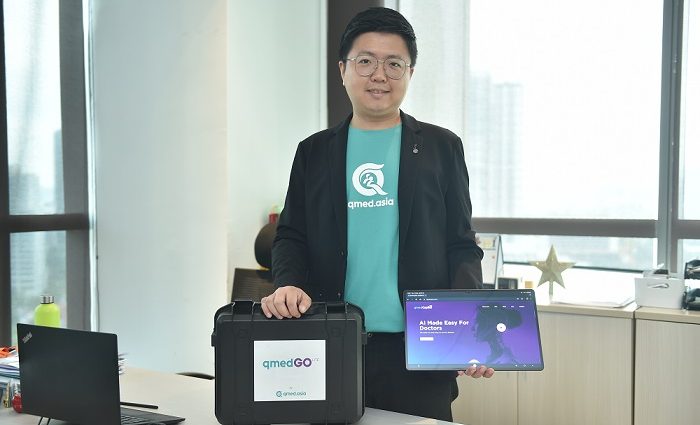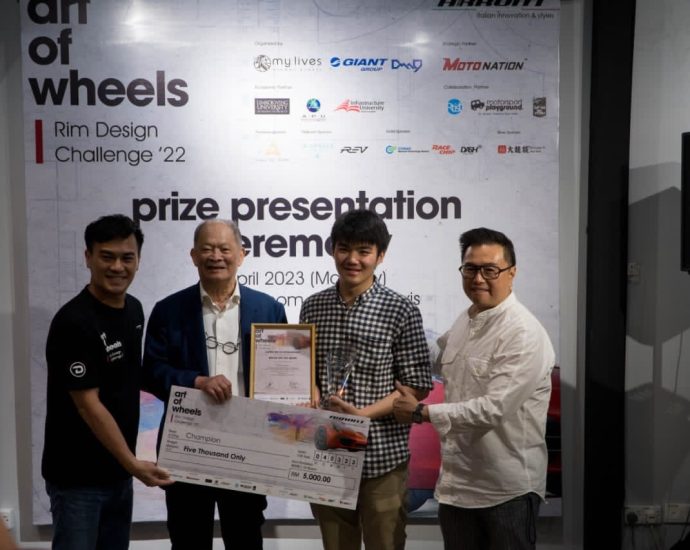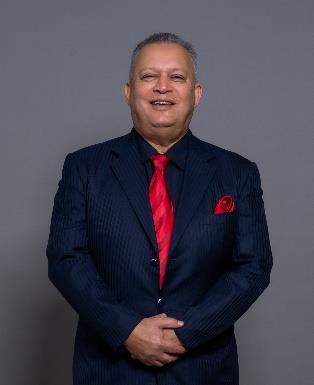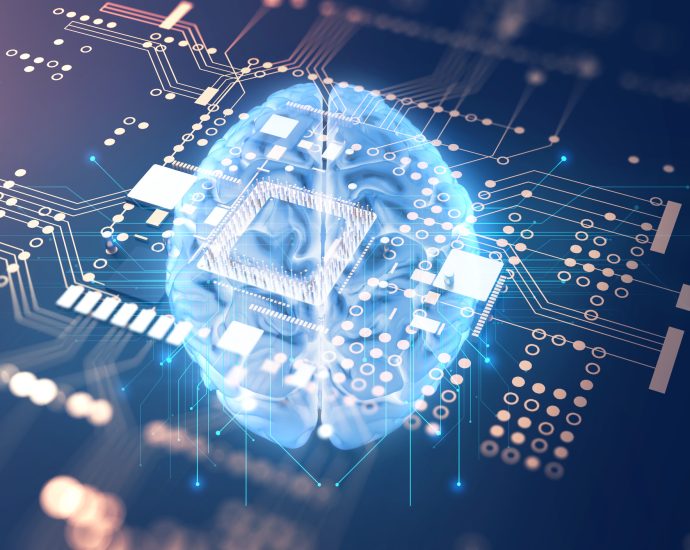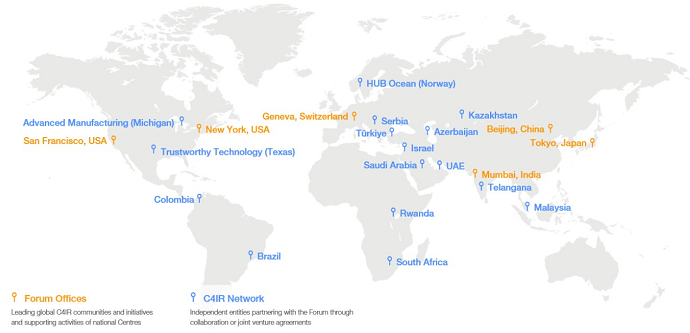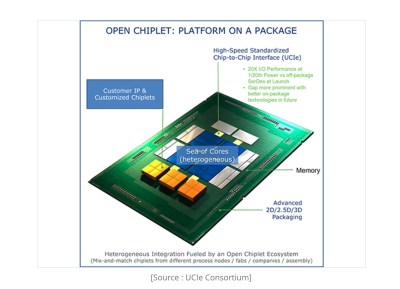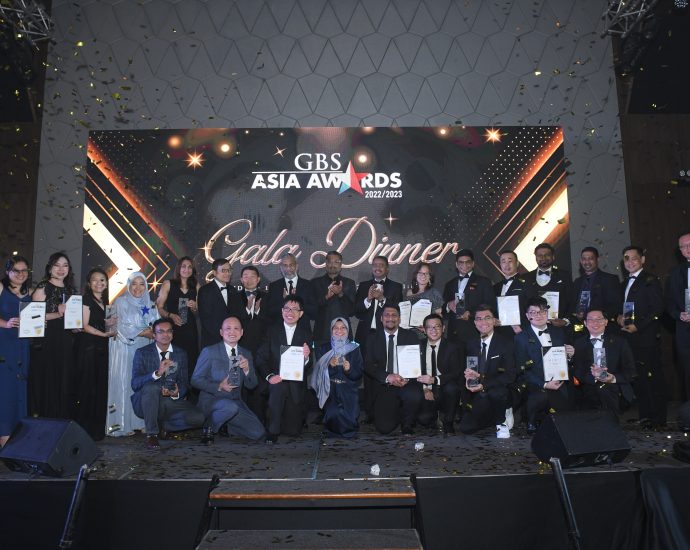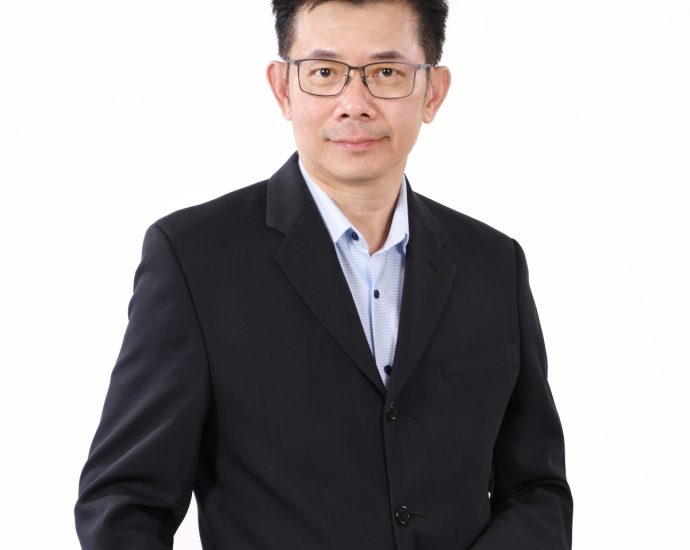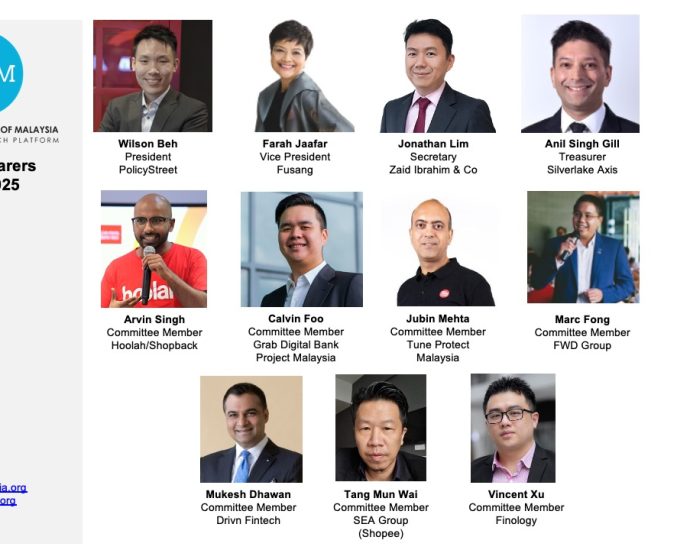The long patient queues that triggered Dr Kev Limâs startup journey to profitability with Qmed Asia
Family health challenge opened eyes to painful part of patient experience
Building a successful startup requires deep understanding of pain points
As a teenager growing up in Tangkak, Johor, Kev Lim took an interest in computing thanks to his older brother who was pursuing a degree in computer science. Helping himself to…Continue Reading

